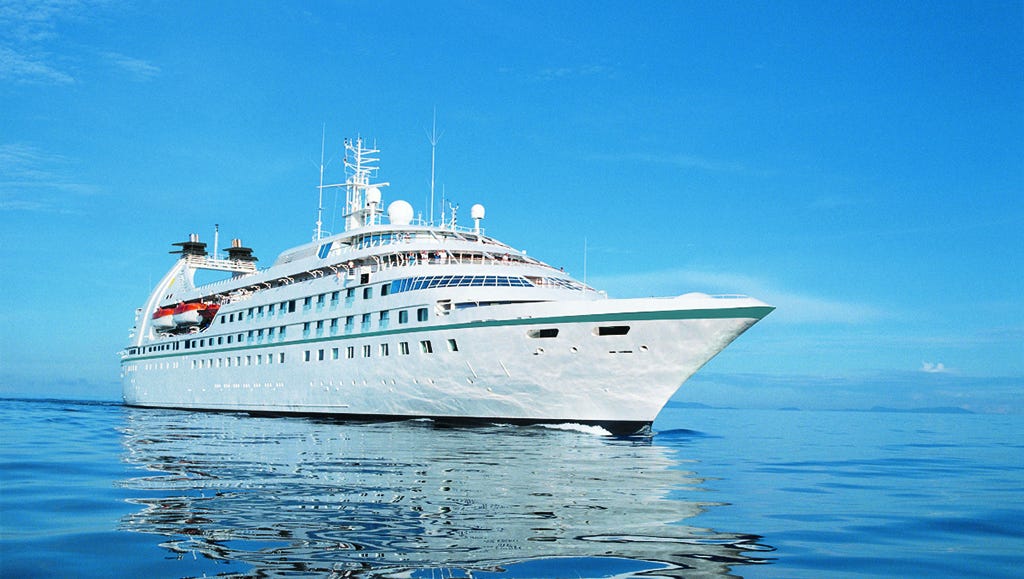
Cruise ships that are in quarantine should follow a few key steps. These include identifying pathways for respiratory transmission and deep-cleaning the entire ship to prevent contamination. Antigen testing and isolation should cease if the NAAT is negative or another infectious source is identified.
If the NAAT results are negative again, antigen testing should be stopped
Negative antigen results do not rule out infection. Even though it is extremely specific, false negative results could still occur even in low-prevalence settings. Even if the result of an antigen test is negative, it is still important to practice standard transmission prevention. It is also important to understand that negative antigen tests should not be used as an excuse for the failure to use standard transmission prevention practices.
Sometimes, an antigen test can give false positive results if specimens are taken prior to symptoms onset. This is due to the fact that the viral load in these early stages is high. It is important to perform a more sensitive test in such cases.
Limiting exposure to soiled linens and towels
In cruise ship quarantine it is important not to allow infected people to touch soiled linens, towels, or linens. Protective equipment such as masks and face shields should be used. PPE is also recommended for medical personnel and crew working with soiled sheets. To reduce exposure, the CDC issued interim guidance to ships. Cruise ships are advised to wait at least 24 hours before washing their laundry and cabins. To minimize the risk of spreading the virus through air travel, the cruise ship crew recommends that towels and linens be not rubbed together. In addition, soiled linens and towels of infected and quarantined crew members should be washed using detergents effective against coronaviruses and dried thoroughly.

Routine testing must be done if a traveler experiences symptoms of COVID-19, or has close family members. They should be tested for the disease and kept in a cabin with a closed door. The cruise ship operators must also conduct COVID testing on newly embarked crew members. This should be done within three to five working days. During this period, crew members should wear masks when not in their cabins. If a positive test is found, they should be kept in isolation for at most one week until they are released.
FAQ
Which type of cabin should I choose?
Consider the size of your cabin when you are considering buying one. Do you like sharing a bathroom or would you prefer to have your own? Would you prefer a private bathroom? Is noise important to you? Will you spend most of your time in the dining area or relaxing in your stateroom? Consider whether you would prefer an interior or balcony view. Balconies are a bit more spacious, but can sometimes be loud. Interior views tend to be quieter than balconies.
Is there food on a cruise that isn't expensive?
The answer to that question is yes All cruises include complimentary food. To enjoy these drinks, however, you will need beverages to purchase.
Costs vary depending on the type of ship that you sail on. You might expect to pay between $20 and $30 per person for each beverage purchased while cruising on a luxury liner. The cost for a small vessel will likely be lower at $10-15 per individual.
What do you get on a cruise?
Have fun is the most important thing. You don't need to go overboard - just enjoy yourself.
There are plenty of activities available for everyone. And if you're bored, someone always wants to talk to you.
Cruising is about having fun and relaxing. It's not about doing everything possible to ensure you see as much as possible.
There are many options for cruises, from short journeys in Europe to long trips across the Pacific. The duration of the trip is determined by what you wish to accomplish during your vacation.
Are cruises good for vacations?
When you can relax and enjoy yourself, it's one of the best places to go on vacation. A cruise can be just what you need!
To go on a cruise, do you need to have a passport?
You need a passport to travel the world. You can travel to any country with a passport without needing a visa or other paperwork.
In some countries, you may not be allowed to enter if your passport isn't valid. You can also stay longer abroad with a passport.
Statistics
- You'll need to budget around $80 per person per day for this option – and an additional 18% gratuity. (travel.usnews.com)
- If you're traveling alone, you may also need to factor in a single supplement, adding up to as much as 100% of the cruise fare. (travel.usnews.com)
- *20% Gratuities Apply on Free Unlimited Open Bar; Free Specialty Dining. (ncl.com)
- For an example of savings, Royal Caribbean offers up to a 40% discount with a dining package. (travel.usnews.com)
External Links
How To
How to avoid seasickness on a cruise
A hat can help prevent seasickness when you cruise. A wide-brimmed hat helps prevent motion sickness by keeping the head from moving too much.
Also, a cap keeps water off the skin and helps to reduce the moisture content of the air. This makes it easier to breathe for those who experience dizziness when inhaled moist air.
Another tip is that you should drink lots of fluids. Avoid alcohol or caffeine. These drinks dehydrate the body causing more fluid to move around in the stomach. Consuming enough fluids can help lower the salt levels in your bloodstream. Salt causes the body and kidneys to retain water. This can lead to nausea.
Salty foods can help if you feel nauseated. Salty foods stimulate the stomach to produce higher levels of hydrochloric acid. This helps to break down food particles.
These are just some of the possible ways to reduce seasickness. Side effects of some medications include dry mouth, dry eyes, constipation and blurred vision.